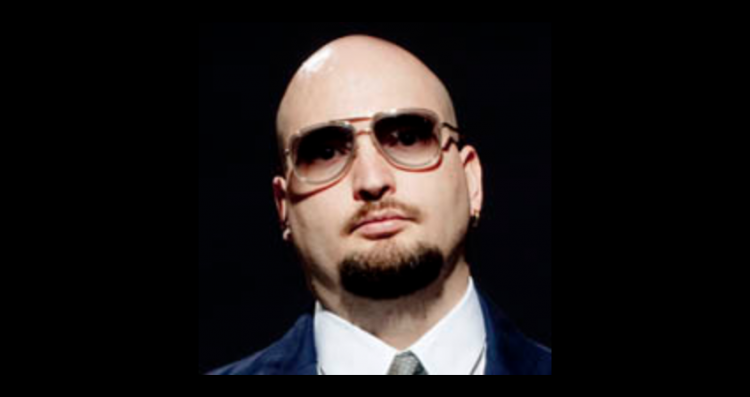Ethan Iverson, known for his blog Do The Math and as pianist in iconic The Bad Plus, revives his long-standing relationship with Jeff Williams, and bassist Sam Lasserson.
Last time they performed together at the Vortex, the gig got a 5 star review from John Fordham in The Guardian. Here is the review in full:
‘”The theme of the evening is playing tunes at least one of us knows,” was Ethan Iverson’s straightfaced explanation of this impromptu encounter with two local partners, rather than the American pianist’s regular sidekicks in the Bad Plus. It gave him a chance to exercise enthusiasms usually surplus to such Bad Plus requirements as classic-pop deconstruction, morphed classical music, or free-improv wrestlings with avant-funk. With London-based New York drummer Jeff Williams and young former Trinity College bassist Sam Lasserson, he played the daylights out of a programme of jazz standards – exhibiting a hard-driving resourcefulness over long solos to rival some of the world’s best-known postbop practitioners. If the recording equipment had been running, Ethan Iverson Live at the Vortex would already be on its journey to becoming a cult jazz classic.
As the band acclimatised, Iverson mingled speculative prodding and elegant long lines over Lasserson’s fast walk and Williams’s foaming cymbals on Just in Time, and imparted purposeful focus and harmonic ambiguity to Wayne Shorter’s Juju. He chipped at the Charlie Parker blues Now’s the Time the way Thelonious Monk might have done – slowing the tune’s usual momentum to a stagger, developing a solo of solemnly climbing chords and spooked asides as Williams began punching the accents with rising assertiveness, and prefacing the return of the theme with a threatening low-note rumble. The temperature rose further with a roaring Bad Plus-like account of You Go to My Head, a lurching, rhythm-warped Tea for Two (with a fine improvisation from Lasserson, sharply alert to Iverson’s wayward interpretation), and a take on What’s New? that framed this ingenious pianist’s fascination with the countless impromptu melodies that can hook chords together on the fly. It was a dazzling exposition by a uniquely idiosyncratic virtuoso-scholar of jazz (and a lot more modern music besides), but the excellent Williams and Lasserson furnished indispensable creative support.’

